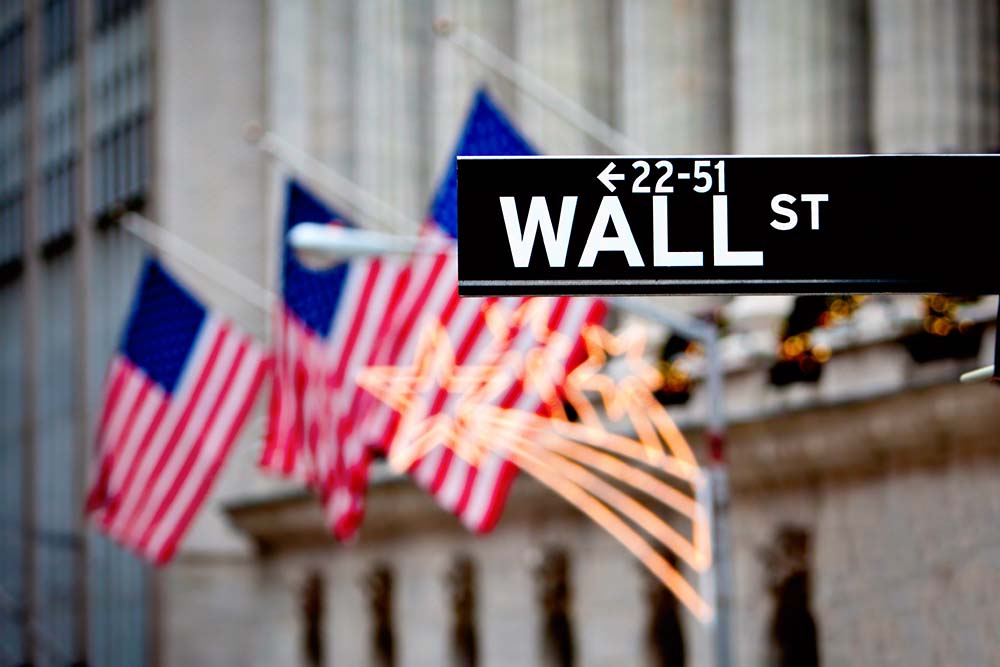Editor’s Note: In today’s guest column, Shah Gilani, the Chief Investment Strategist at Manward Press, is giving you a guided tour through the history of the markets – and introducing you to the new asset class that could be worth $24 trillion by 2027.
Keep reading below to get the full story!
– Rachel Gearhart, Publisher
Plato said that necessity is the mother of invention.
I can’t argue with that… and I would say the necessity of finding better, easier, smarter and different ways of making money has spawned some of the greatest inventions ever.
Having been a trader and investor for over 40 years now, I can tell you that it’s never been faster, easier or cheaper to get into the markets… and that there have never been more ways to invest and trade.
I’ve never been more excited about what will come next than I am right now. And the truth is… the path we took to get here was filled with inventions aimed at making investing accessible to all.
First there were stock markets… commodities markets… and futures markets.
Then, in 1973, modern options trading was born at the Chicago Board Options Exchange.
The market’s moneymaking potential skyrocketed.
But exchanges were hard to join and expensive to trade through. Brokers charged “fixed” commissions – and I don’t mean “fixed” just as in set costs, I mean “fixed” as in rigged in an antitrust kind of way.
The SEC eventually got involved. It was pushed hard – not by Wall Street brokerages or exchanges, but by upstarts who wanted to introduce what would later be known as discount brokerages. It mandated that on May 1, 1975 – known on the Street as May Day – fixed commissions would have to be negotiated.
In other words, let there be competition.
Hard-charging, hard-competing discount brokerages opened markets and trading to everyone, giving retail investors easy access to stocks and mutual funds – and, eventually, just about everything.
Then, in 1993, thanks to product inventors at State Street Global Advisors, modern-day exchange-traded funds (ETFs) were launched when the SPDR (Standard & Poor’s Depositary Receipt) 500 Trust debuted.
SPY (the ETF’s trading symbol) is a portfolio of 500 large cap stocks and is designed to replicate the S&P 500 Index, the institutional U.S. stock market benchmark. But it can be traded like a single stock, all day, every day the market is open.
Now you can trade ETFs that track or hold portfolios of just about everything, in every asset class… and some you’ve never thought of. Anyone can now trade the Dow, the Nasdaq-100, oil, gas, gold, junk bonds, Treasury bills/notes/bonds, real estate, soft commodities or just about anything else you could think of… all thanks to the invention of modern ETFs.
In the mid to late 1990s, inventors challenged traditional exchanges like the NYSE and AMEX, and even the Nasdaq, by opening ECNs, or electronic communications networks. Retail traders could trade listed stocks on their platforms directly with other ECNs without having to pay exchange fees.
Those inventions made trading faster and cheaper for everyone, especially day traders.
A Dizzying Ride
Then, in 2001, in an effort to narrow bid-and-offer spreads, traders pushed the SEC to mandate “decimalization,” which did away with stocks being quoted in fractions and allowed one-penny increments.
We saw the invention of another tradable instrument in 2009. Bitcoin – the first cryptocurrency – made a lot of early adopters very, very rich. It was created out of necessity… the need to preserve wealth stored in dollars that had lost much of their value.
Now we have hundreds of alternative coins, or altcoins, to trade.
To give even more people access to even the priciest stocks (Berkshire Hathaway Class A shares, for instance, are currently trading at more than $620,000 per share), fractional shares were invented in 2017. Everyday investors can buy a fraction of a share of most stocks and ride the price higher… and can even collect fractional dividends.
It’s been a dizzying ride, full of lucrative inventions that have given us more products and instruments to trade and invest in. Building wealth has never been easier, cheaper or more accessible.
So it shouldn’t be a surprise that there’s a new kid on the block – a new way to own a piece of stocks, real estate, companies, technology, you name it.
I’m talking about tokenization. It’s the next big thing… and it’s created a brand-new market that could be worth an estimated $24 trillion by 2027.
And I’m proud to say Manward Press has been at the forefront of researching the immense innovation – and opportunity – tokenization presents.
Keep an eye out for more insights from us as this incredible asset class works its way into the mainstream.
